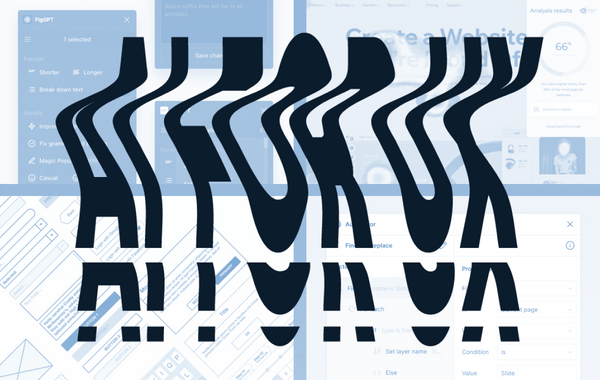Web Design Firm vs. Freelance Designer
By:
Brandon Clay
on 9/18/2013
Choosing the right web designer is a tough task, we’ll be the first to tell you that. There is a lot to consider: their style, expertise, past clients, ability to handle workload, speed of delivery. One major factor to consider is whether to go with a freelancer or web design firm. Naturally, as a stellar web design firm, we believe that’s the route to take, but with good reason! Though there are many great freelance designers, we believe the boundaries of creativity can be pushed further by working with a team. A team environment creates more motivation and assures the best possible idea is being used, because with a team environment the final design is given the green light after it is seen and approved by the group rather than the expertise of a single person. While a freelance designer may have a great aesthetic, here is why nothing beats a great team.
Though a design firm handles several clients at a time, and clients are usually delved out to single designers, you can be sure someone will be there to answer your e-mail or call. A freelancer could be working on several projects for several clients at a time and may not be able to update you as immediately as you need an update. A freelancer also works hours that are not set in stone. Instead of being available Monday-Friday from 9-5, their hours and days may jump around. With a design firm, you know your designer and creative team will be available to you at set hours and days. To be a freelancer, one must be extremely comfortable handling their work down and create their own deadlines. With a design team, the deadlines are created together and there are other people around to ensure the deadlines stay on track. Remember when you were in college and procrastinated your papers until the last minute? For some people it’s useful to have someone looking over their shoulder, ensuring the work is done in a timely manner. In fact, the work is often completed ahead of deadline this way.
While web design firms are set to handle any type of client, if you are a client who will be delving out a big project to your designer, the firm is the way to go. Large-scale projects tend to involve full branding or re-branding, which is a big task to take on and often covers a lot of ground. When you have a team to work on the project rather than just one designer, you have a creative team coming up with the content and a few designers to execute. This ensures the work is completed quickly and thoroughly. The art director will decide on the design and give final approval while the team of designers work on the details.
We are also big believers in the mantra “two heads are better than one,” but more than two heads are better than two. Working with a team ensures the best possible ideas are thought of and all grounds are covered in order to reach an outstanding final product. From the inspiration stage to the execution we believe more minute details are uncovered with a team. A web design firm intentionally hires people of different backgrounds, talents, and experience because each brings something new to the table. We don’t believe our designs would be nearly as effective without the input of our colleagues and we enjoy the friendly banter during the decision making process. We know we have a talented team and we ensure all talents are being used throughout the process. A freelancer might not have someone to go to when they get stuck, we have several! Even if we don’t get stuck it’s nice to ask a colleague what they thinkâeven if just to get the reassurance that it’s great work. Our team, and design firms, are an extra boost of confidence needed in a world that’s unsure.
Related Posts
4 AI Resources To Add To Your UX Design Toolbox
By:Morgan Plappert on 7/18/2023
These AI-powered tools can help you streamline your workflow and empower you to take your designs to the next level.
Read More »Component-Based Web Design
By:Morgan Plappert on 8/9/2024
Designers and developers are always looking for ways to make handoff easier, collaboration more seamless and our processes better aligned. Automation, consistency and efficiency, without compromising creativity. It’s a constant battle and often times, a balancing act.
Read More »
